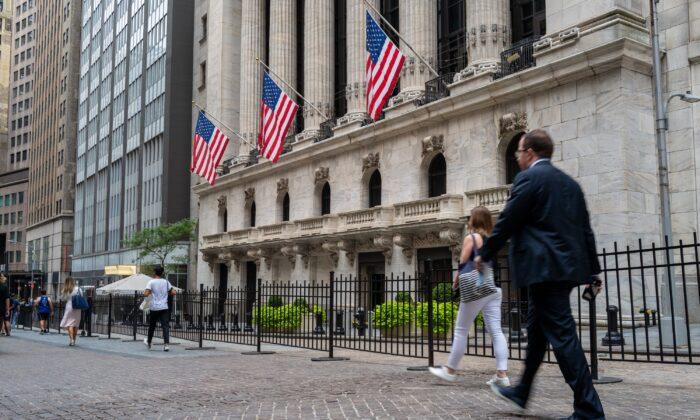It has been a hard year for companies that want to raise capital.
The initial public offering (IPO) market, which allows a company to raise money by selling shares to public investors, has witnessed a sharp decline this year, following a record year in 2021.
Public offerings in the United States are on track for their worst year in decades, according to forecasters. Volatility in the stock market, brought on by high inflation, rising interest rates, and growing recession fears, has slowed IPO activity to a halt.
“The 2022 U.S. IPO market is on track to raise the lowest proceeds of any year in our firm’s 30-plus year history,” the report reads.
Investors have shown little interest in newly listed firms amid this year’s market downturn. Technology firms have been affected particularly hard by this trend.
The tech-heavy Nasdaq Composite is down by 24 percent so far in 2022, worse than the 15 percent decline in the S&P 500 Index.
The Renaissance IPO Index, which tracks the largest, most liquid newly listed public companies, has plummeted by more than 40 percent, pointing to a lack of investor interest in newly listed companies.
The IPO was expected to be one of the largest of the year, giving the yogurt producer a valuation of more than $10 billion.

In July, food retailer The Fresh Market and payroll software company Justworks also pulled their IPO filings.
During the stock market rally in August, some analysts thought that IPO markets would recover this fall. However, not everyone is optimistic.
The markets will be paying a lot of attention to two prospective mega-public offerings, Porsche and AIG-owned CoreBridge, as they test the waters this fall.
Debt Market
The corporate debt market is also under pressure as the Federal Reserve raises interest rates at the fastest pace in decades. Higher interest rates mean less income to pay off debt for many businesses, and this will make raising new funding more challenging.The U.S. central bank has raised benchmark interest rates four times this year, with the fed funds rate reaching a range of 2.25–2.50 percent in June. Fed policymakers are expected to opt for another 75 basis-point rate hike during the central bank’s policy meeting on Sept. 20 and Sept. 21.
Higher lending costs will force businesses to borrow less, which then could reduce their business activities, investments, and hiring. Some are also concerned about default risks.
Market experts predict that the number of bankruptcies will continue to climb in the coming quarters. The largest bankruptcies this year with more than $1 billion in liabilities include Carestream Health, OSG Group Holdings, Aearo Technologies, Celsius Network, and Revlon.
Dozens of mortgage-lending companies have also either filed for bankruptcy, reduced staff, or been forced into mergers.





